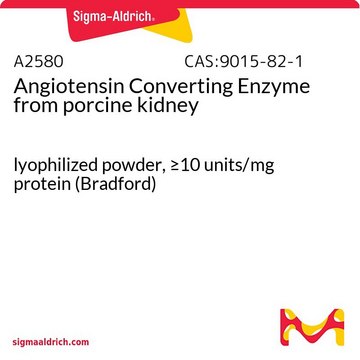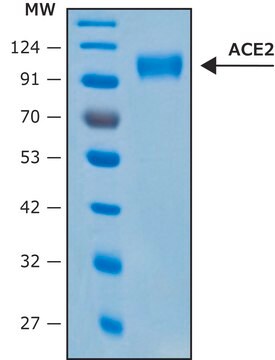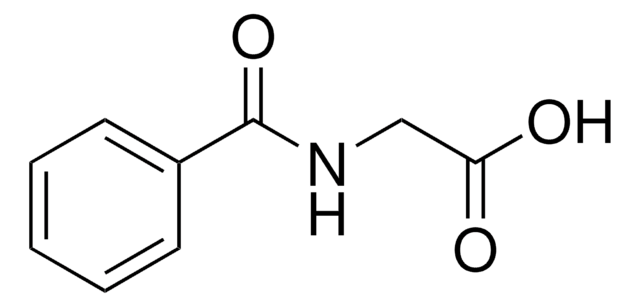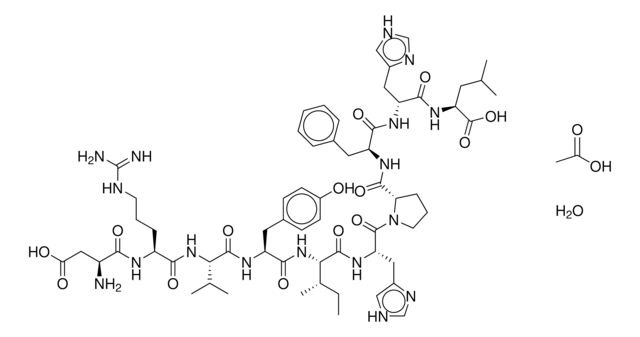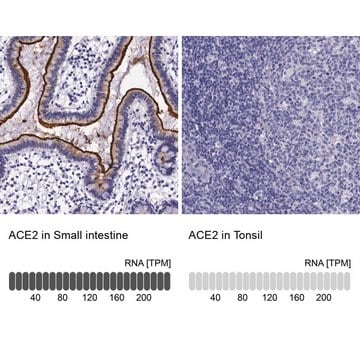SAE0075
Angiotensin Converting Enzyme, ACE, human
recombinant, ≥10 U/mg, expressed in HEK 293 cells
Sinónimos:
ACE, ACE1, CD143, DCP, DCP1, Dipeptidyl carboxypeptidase I, Kininase II, Peptidyl-dipeptidase A, Peptidyldipeptide Hydrolase
Iniciar sesiónpara Ver la Fijación de precios por contrato y de la organización
About This Item
Productos recomendados
General description
Recombinant human Angiotensin Converting Enzyme (ACE) is expressed in human HEK 293 cells as a glycoprotein with a calculated molecular mass of 138 kDa (amino acids 30-1232). The DTT-reduced protein migrates as a 180 kDa polypeptide on SDS-PAGE due to glycosylation. This protein is manufactured in human cells, with no serum. The human cells expression system allows human-like glycosylation and folding, and often supports higher specific activity of the protein. The protein is produced with no artificial tags.
The ACE gene codes for angiotensin-converting enzyme, which is one of the major enzymes in the RAS (renin angiotensin system). The ACE gene is localized on human chromosome 17q23.
Specificity
The specific activity of recombinant human ACE is measured by its ability to cleave hippuryl-HIS-LEU
Biochem/physiol Actions
Angiotensin I converting enzyme (ACE) catalyzes the formation of angiotensin II from angiotensin I. It is a membrane-bound enzyme, which is expressed in atherosclerotic lesions. It plays an important role in the development of various diseases like systemic lupus erythematosus, hypertension, chronic kidney disease and diabetic nephropathy.
Unit Definition
One unit is defined as the amount of enzyme required to produce 1.0 micromole of hippuric acid from hippuryl-HIS-LEU per minute in 50 mM HEPES and 300 mM NaCl at pH 8.3 at 37 oC.
Physical form
Lyophilized from 0.22 μm filtered solution in PBS, pH7.4.
Storage Class
11 - Combustible Solids
wgk_germany
WGK 2
flash_point_f
Not applicable
flash_point_c
Not applicable
Elija entre una de las versiones más recientes:
Certificados de análisis (COA)
Lot/Batch Number
¿No ve la versión correcta?
Si necesita una versión concreta, puede buscar un certificado específico por el número de lote.
¿Ya tiene este producto?
Encuentre la documentación para los productos que ha comprado recientemente en la Biblioteca de documentos.
Los clientes también vieron
Angiotensin-Converting Enzyme in Smooth Muscle Cells Promotes Atherosclerosis
Chen X, et al.
Arteriosclerosis, Thrombosis, and Vascular Biology (2016)
Genetic Polymorphism of Angiotensin-Converting Enzyme and Chronic Obstructive Pulmonary Disease Risk: An Updated Meta-Analysis.
Kang SW, et al.
BioMed Research International (2016)
ACE Gene I/D Polymorphism and Obesity in 1,574 Patients with Type 2 Diabetes Mellitus.
Pan YH, et al.
Disease Markers (2016)
Local corticosterone production and angiotensin-I?converting enzyme shedding in a mouse model of intestinal inflammation
Salmenkari H, et al.
World Journal of Gastroenterology, 21(35), 10072-10072 (2015)
Yueru Li et al.
The American journal of pathology, 190(9), 1971-1981 (2020-06-27)
Leakage of retinal blood vessels, which is an essential element of diabetic retinopathy, is driven by chronic elevation of vascular endothelial growth factor (VEGF). VEGF quickly relaxes the endothelial cell barrier by triggering signaling events that post-translationally modify pre-existing components
Nuestro equipo de científicos tiene experiencia en todas las áreas de investigación: Ciencias de la vida, Ciencia de los materiales, Síntesis química, Cromatografía, Analítica y muchas otras.
Póngase en contacto con el Servicio técnico
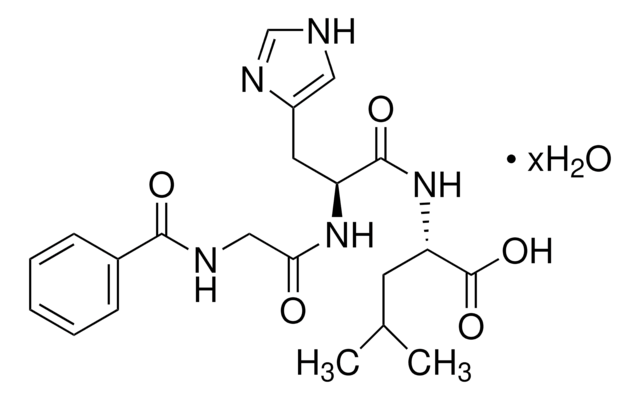
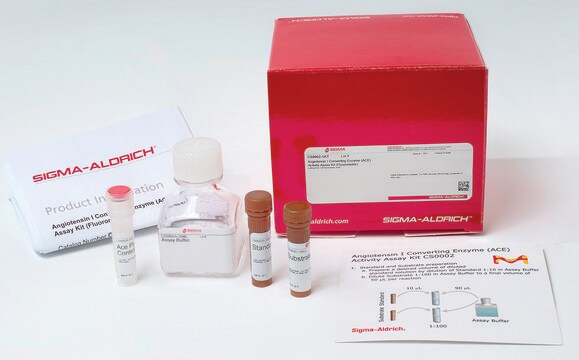
![N-[3-(2-furil)acriloil]-Phe-Gly-Gly](/deepweb/assets/sigmaaldrich/product/structures/225/349/530bc714-b1a8-4fdb-8082-a39329ee730a/640/530bc714-b1a8-4fdb-8082-a39329ee730a.png)
